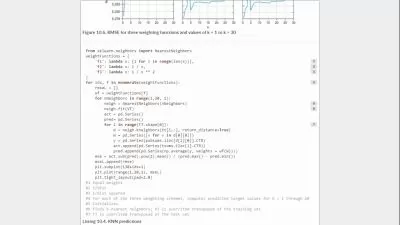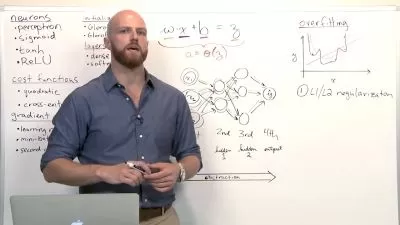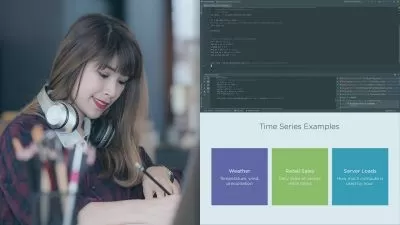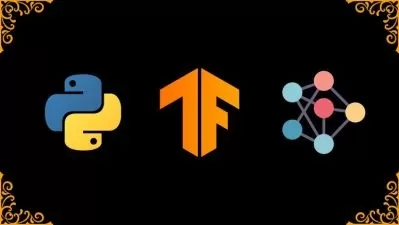Practical Machine Learning with TensorFlow 2.0 and Scikit-Learn
Samuel Holt
10:27:29
Description
Have you been looking for a course that teaches you effective machine learning in scikit-learn and TensorFlow 2.0? Or have you always wanted an efficient and skilled working knowledge of how to solve problems that can't be explicitly programmed through the latest machine learning techniques? If you're familiar with pandas and NumPy, this course will give you up-to-date and detailed knowledge of all practical machine learning methods, which you can use to tackle most tasks that cannot easily be explicitly programmed; you'll also be able to use algorithms that learn and make predictions or decisions based on data. The theory will be underpinned with plenty of practical examples, and code example walk-throughs in Jupyter notebooks. The course aims to make you highly efficient at constructing algorithms and models that perform with the highest possible accuracy based on the success output or hypothesis you've defined for a given task. By the end of this course, you will be able to comfortably solve an array of industry-based machine learning problems by training, optimizing, and deploying models into production. Being able to do this effectively will allow you to create successful prediction and decisions for the task in hand (for example, creating an algorithm to read a labeled dataset of handwritten digits). The code bundle for this course is available at https://github.com/PacktPublishing/Practical-Machine-Learning-with-TensorFlow-2.0-and-Scikit-Learn
More details
User Reviews
Rating
Samuel Holt
Instructor's Courses
PacktPub
View courses PacktPub- language english
- Training sessions 62
- duration 10:27:29
- Release Date 2024/03/15














